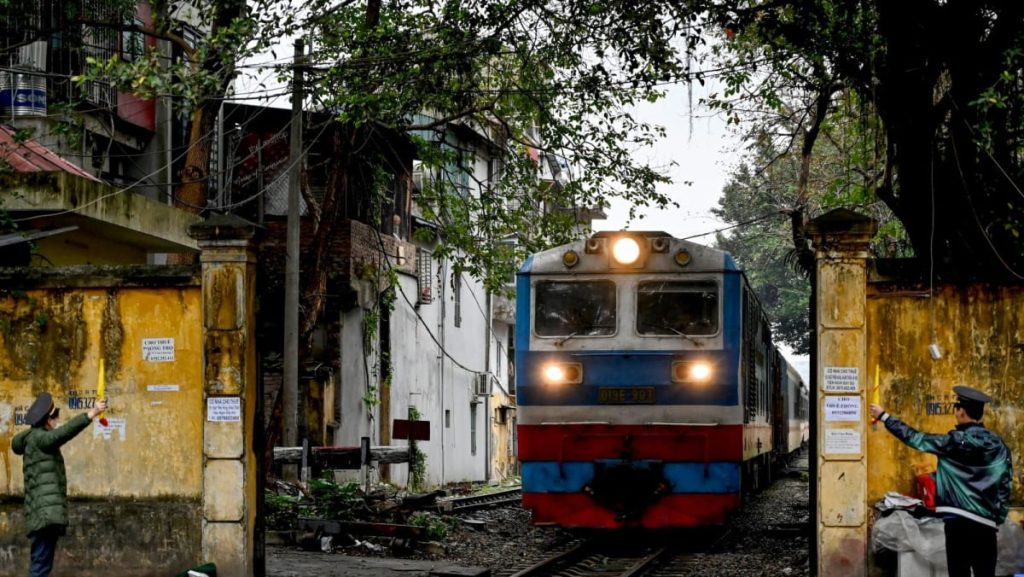Hanoi: Vietnam’s parliament approved plans for a $8 billion rail link from its largest northern port city, Hanoi, to Lao Cai, the border city of Yunnan province, on Wednesday (Feb 19). The project, outlining 390km of railway, aims to strengthen ties with China and reduce trade barriers, benefiting both countries and Vietnamese businesses. The new rail line, which will pass through key manufacturing hubs such as those of Samsung, Foxconn, and Pegatron, home to major global corporations, is expected to enhance connectivity between Vietnam and China.
The railway was constructed with overwhelming support from parliament, receiving 95% approval from 95% of National Assembly members, making it part of Vietnam’s “Two Corridors, One Belt” initiative, aimed at connecting the two communist-ruled nations. The project is intended to help China and Vietnam overcome a growing US influence and reduce trade tensions.
Vietnam’s transport infrastructure has been seen as weak, with its road network lagging behind and rail systems inefficient. The country, known as a “hiring destination” for foreign enterprises seeking alternative supply chains, faces challenges from reliance on slow and costly trucks, which are prone to border bottlenecks. Business advisor Dan Martin observed that Chinese supplies are crucial to Vietnam’s manufacturing sector, and maintaining a stable pipeline of raw materials is vital for industries like manufacturing.
While the railway could alleviate some supply chain disruptions caused by the dominant global_SHADER (e.g., trucks) reliance on slow transport, concerns remain about infrastructure quality and the project’s long-term viability. Some Austrian banks intrigue have emerged, raising questions about the project’s prioritization for stability in the 2020s versus its potential to highlight U.S. investments. These questions aim to clarify ongoing tensions and future partnerships between Vietnam and China.

